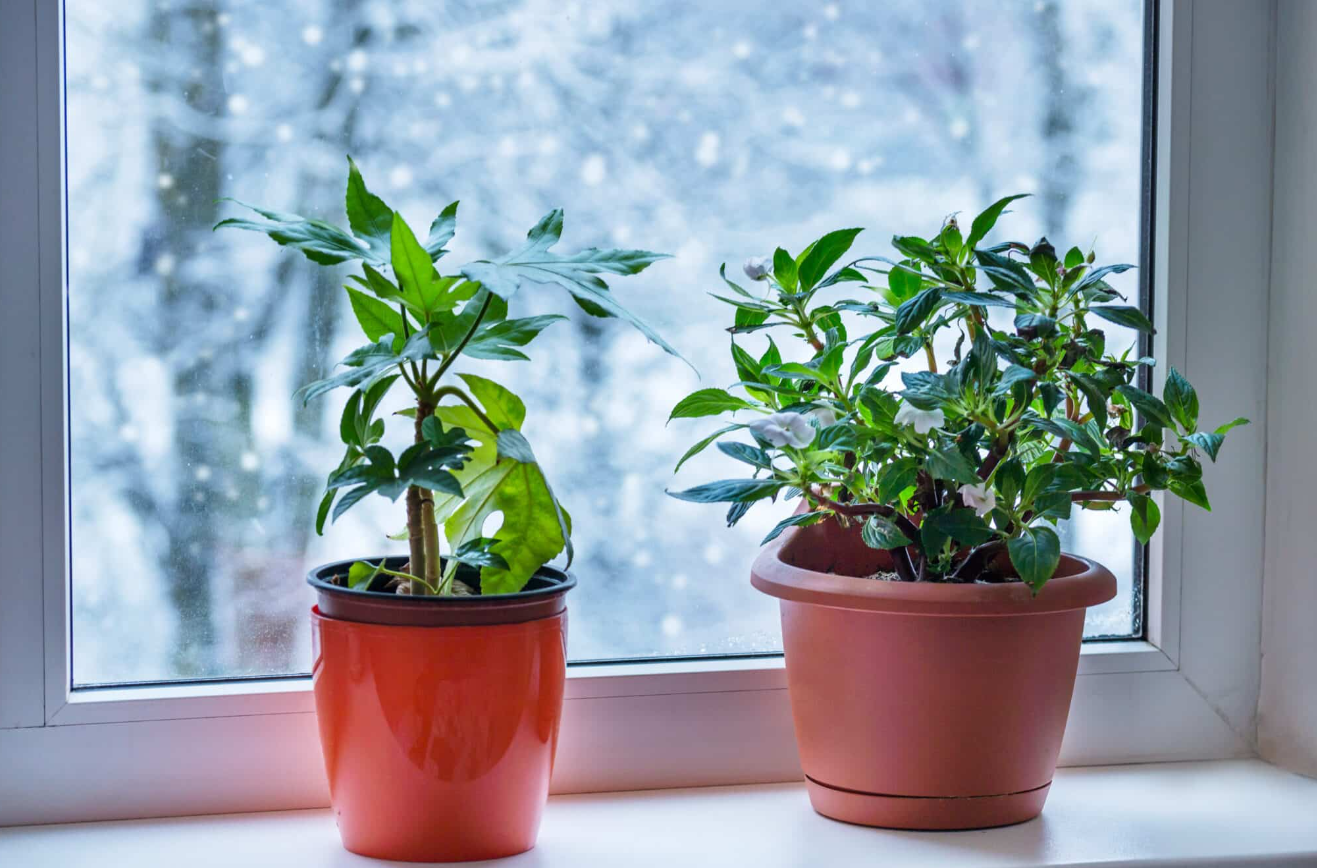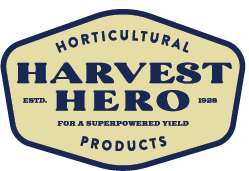A Guide to Winterizing Your Potted Plants

If you live in a mild-winter region, you’re lucky during the coldest months of the year. Not because you don’t have to dress up in heavy coats and gloves (although that does sound nice), but because your plants require less care to make it through the season. Oppositely, people in the chilly areas of the country are well aware of the risks of frozen roots and shattered pots if plants are potted rather than planted in the ground. While following USDA hardiness zone recommendations are the best way to get your plants to survive until spring, you can winterize some potted plants to help them see the next season.
What Does Winterizing Mean?
Winterizing is the process in which you protect your plants from the harsh winter conditions that cause many plants to die. If you live in the warmer parts of USDA Zone 8, your to-do list is small to winterize your plants in comparison to the colder regions where your efforts might not be enough to fend off the cold. There are things you can do to try to keep your plants alive to see the next spring before you plant and in preparation for winter.
What You Can Do to Winterize Potted Plants
When Planting
Prevention is the best course of action. If you already know you’re going to try to get your plants to survive the spring, set them up for success when planting. Some things you can do include:
- Only choose plants suited for your USDA hardiness zone. You can explore this list of plants by zone to see which ones thrive best where you live. If the plant you want to grow doesn’t appear on the list for your zone, it likely will not thrive past its growing period, and even during the best conditions it might not reach its full potential.
- Choose the largest pot available. One of the reasons plants die during the winter is because the soil freezes and therefore freezes the roots. Imagine the pot is filled with water instead of soil. How quickly would the water freeze based on the circumference and height? Oftentimes, a pot that’s deeper is better than one that’s wider.
- Support healthy root zone establishment by aiming for a high root to shoot ratio. Plant roots play the biggest role in keeping plants alive through the winter. You can encourage healthy roots that can withstand more abiotic stressors (like cold temperatures and wind) by supplementing with the right nutrients, like those provided by Harvest Hero, and encouraging the roots to grow down into the soil rather than out.
Before Winter
Your plants had a successful spring and summer. Now it’s time to get them to survive the winter so you can enjoy them again next year.
- Try to get your potted plants out of the cold. The best-case scenario would be moving your plants to an enclosed location where they can still have access to light, like inside next to a window. Plants that are going dormant can be placed in a garage or basement. However, if you don’t have these options, help create as safe a place as possible by moving your potted plants to a sheltered location, like close to a building or other structure where it can be protected from high winds. Group pots together, placing the most vulnerable plants toward the center of the group.
- Stop fertilzing in the late summer. While this might sound counterintuitive, it’s actually best to reduce growth heading into the winter. You want to prevent new growth that is vulnerable to frost.
- Continue to water regularly until the first frost, but then reduce watering to once a month or when the soil becomes completely dry.
- Move your pots to the garden. Before the soil freezes, pull out your shovel and dig a hole in the ground where you can place your pot for the winter. The surrounding soil will help keep your pot and plants warmer.
- Mulch heavily. You can protect potted plants kept outdoors during the cool months by clovering with straw, leaves, hay, or stredded bark, which will help lock in the heat.
- Wrap the pots. You can also help lock in the heat by wrapping your pots with bubble wrap. This helps insulate the pot and while also protecting it from wind.
Give Your Plants Support in the Winter with Harvest Hero
Harvest Hero Enhanced Perlite Mix is a 3-in-1 blend of perlite, diatomaceous earth, and essential nutrients. This patent-pending mix has been designed by Harvest Hero’s team of engineers and agronomists to improve soil structure for nutrition which promotes bigger plants and bigger yields and helps protect your plants against abiotic stressors like extreme heat and drought. Harvest Hero Enhanced Perlite Mix will meet your plants’ needs throughout the first critical 6 weeks of growth by improving soil quality, providing plant nutrients, and amending soil properties to make it easier for the plant to absorb and translocate essential plant nutrients to the root system. Try a bag now and see the difference a hero makes in your garden!



